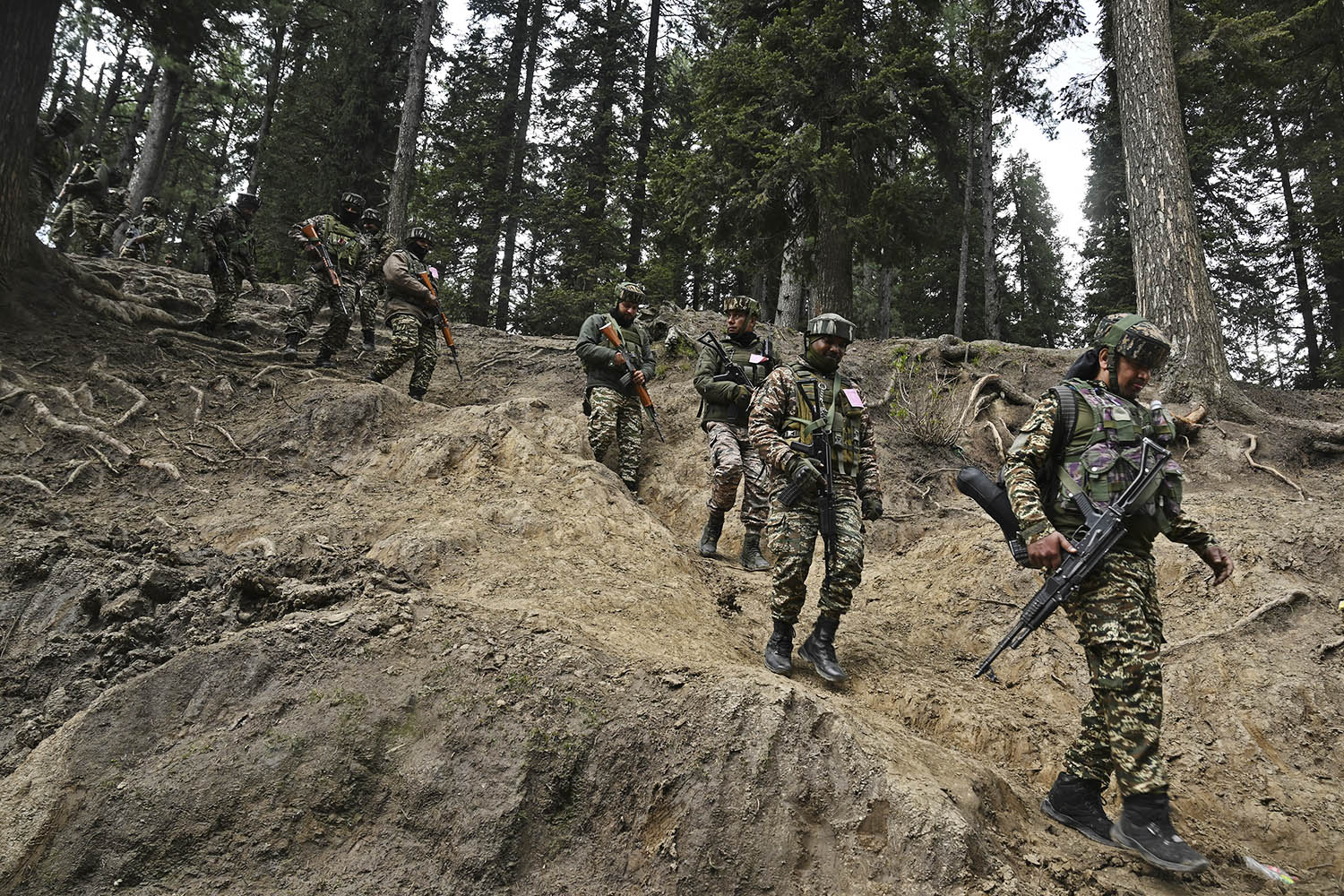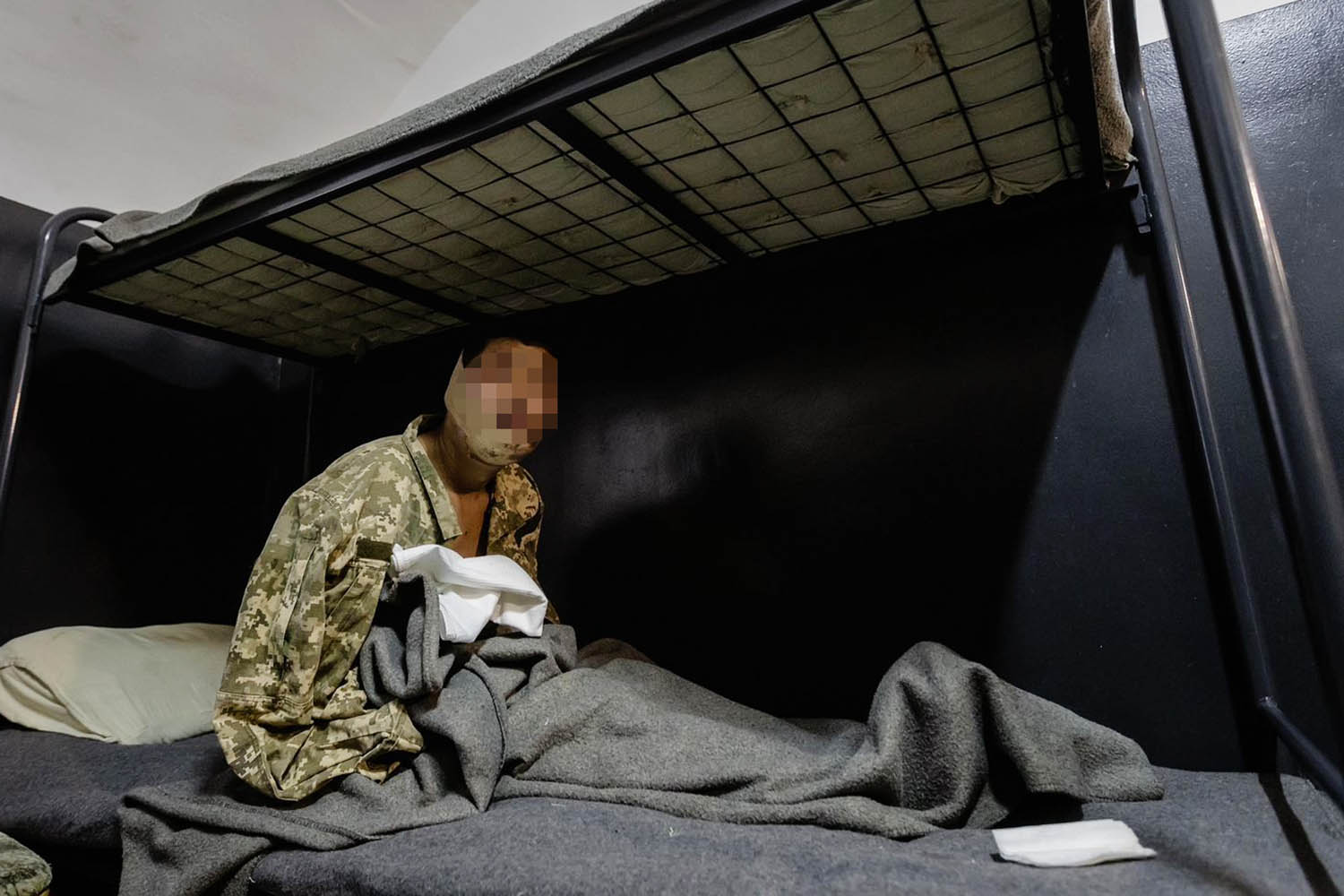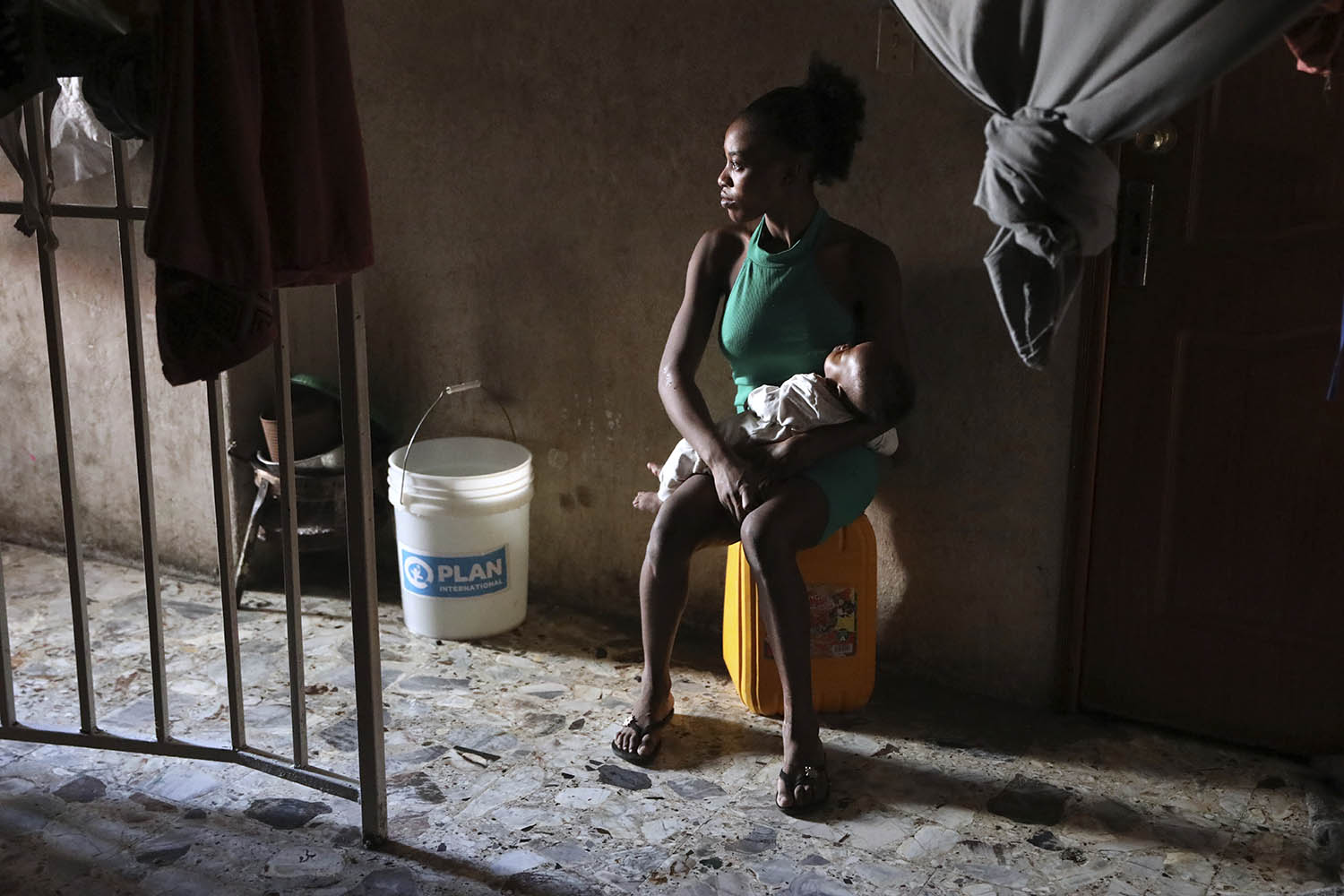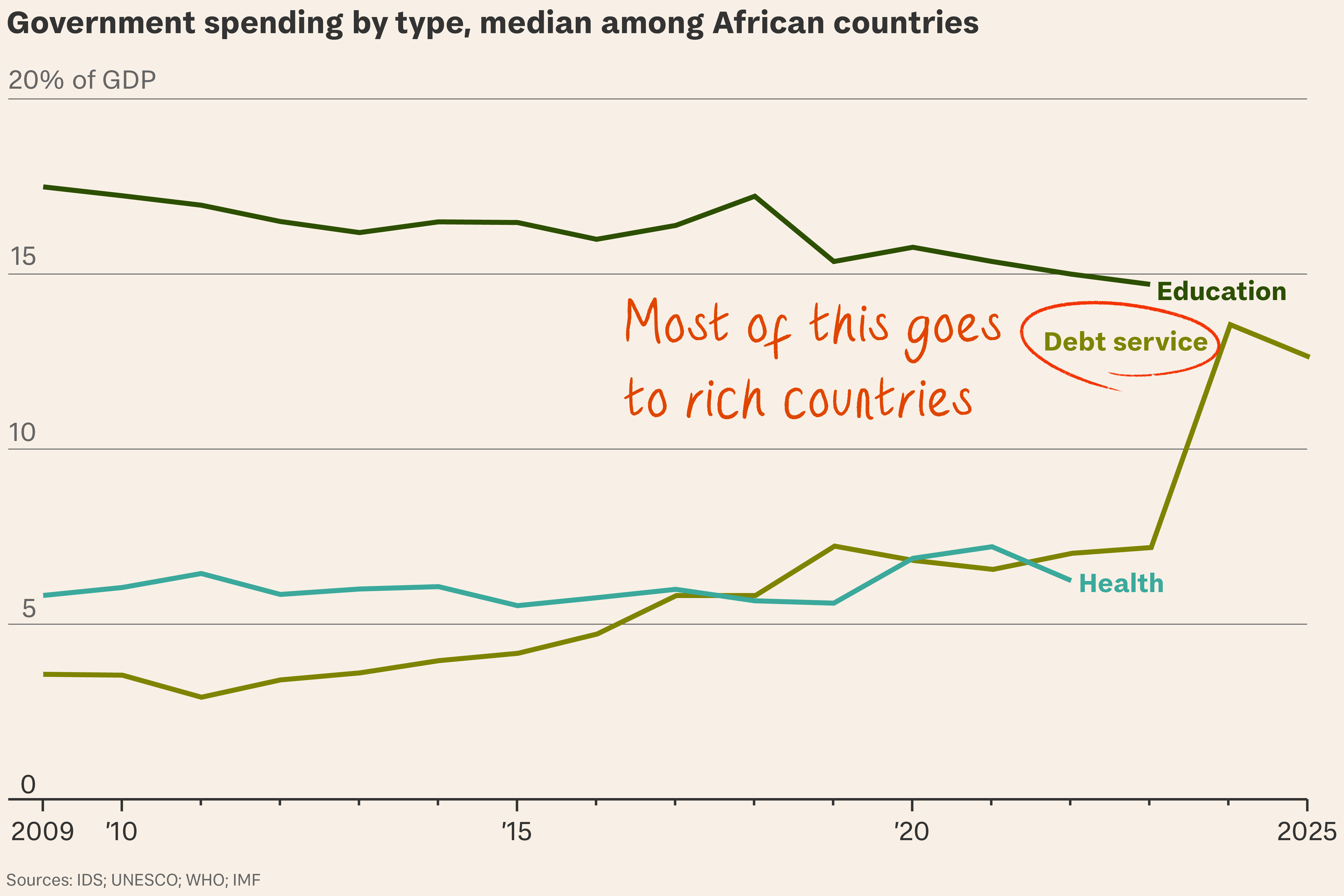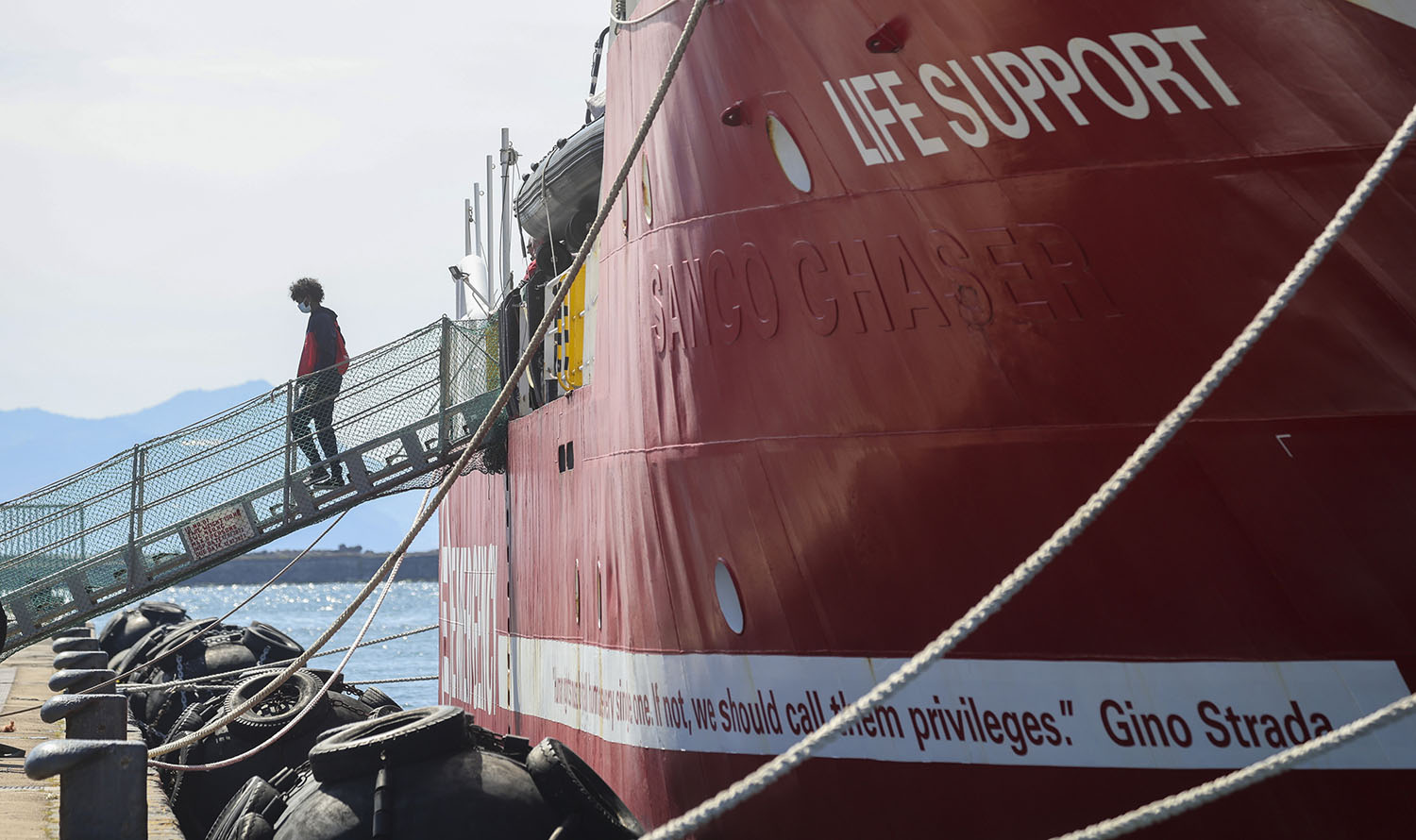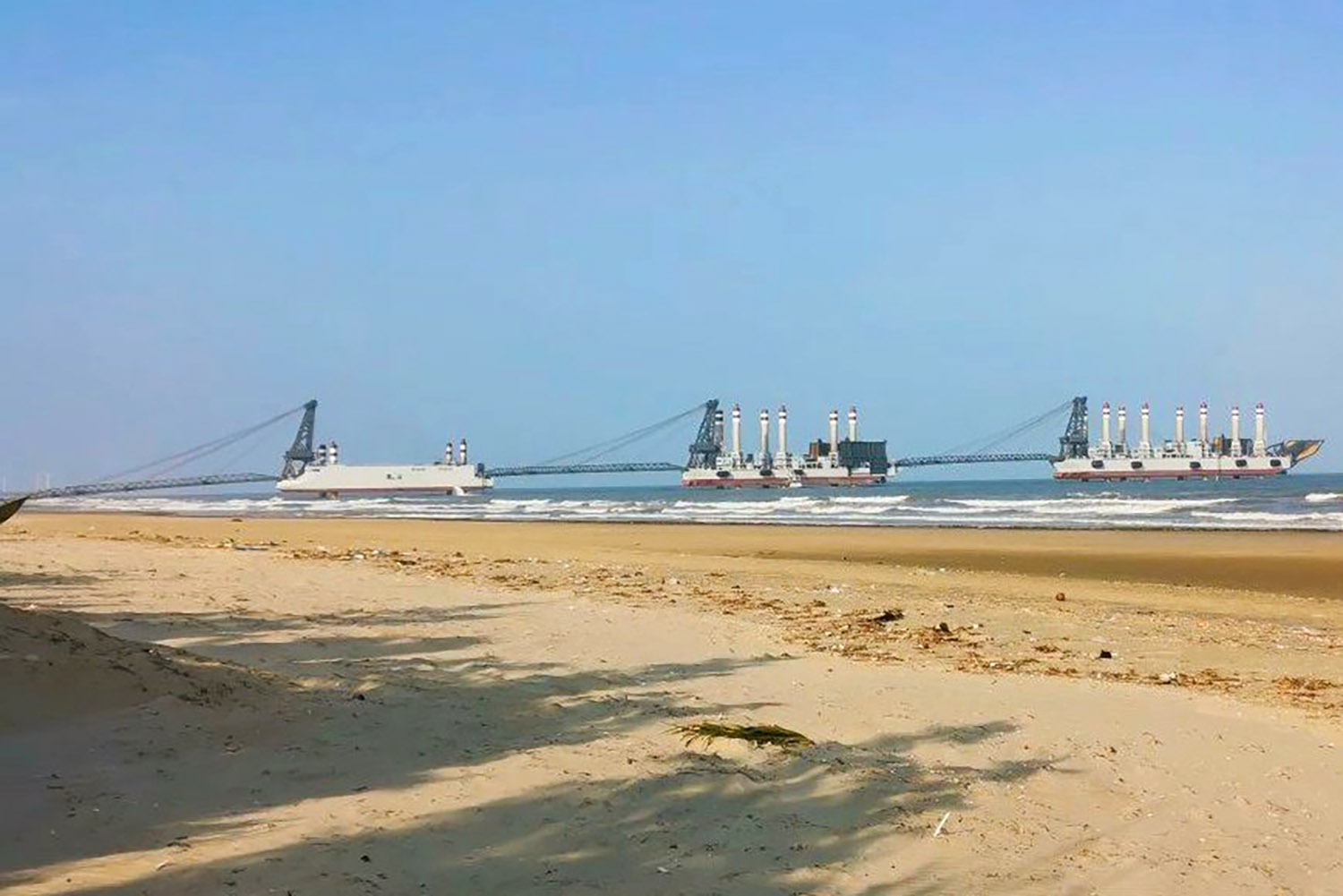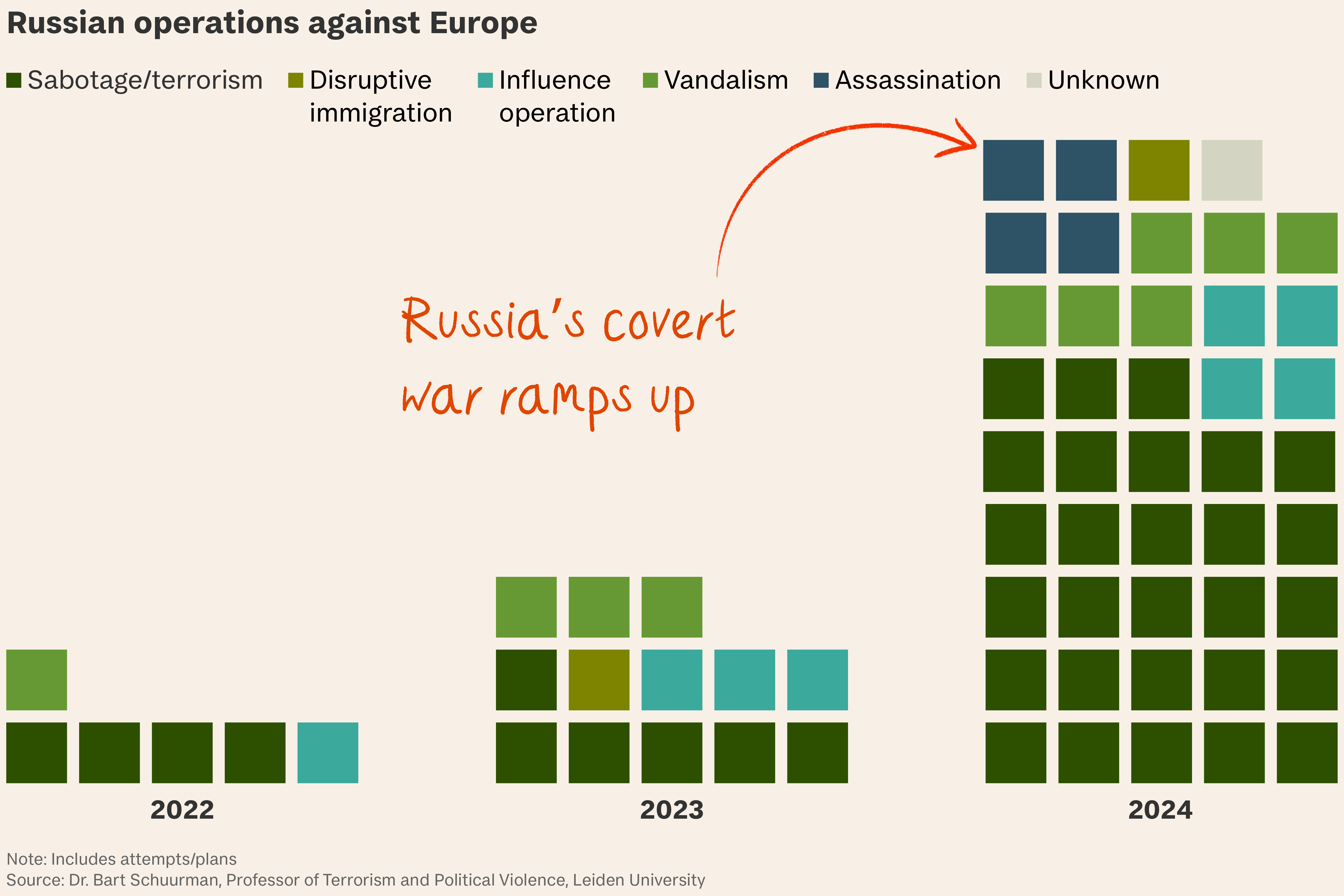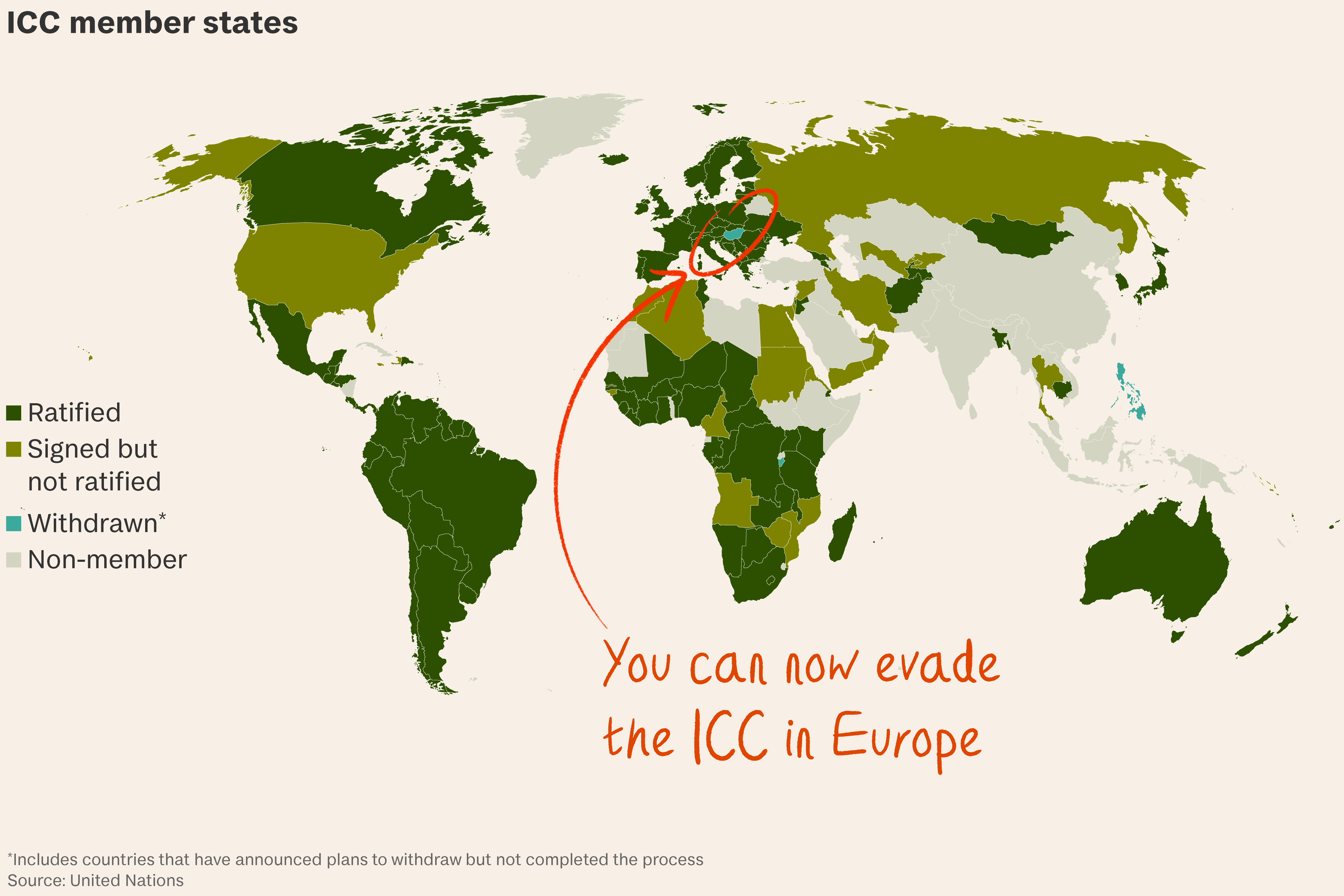Hours after the fall of Bashar al-Assad’s regime, thousands of Syrian refugees started returning to their homeland and cars lined up at border crossings in Lebanon and Turkey.
Around 250,000 people have returned in the past week and the UN refugee agency expects a million to return in the next six months.
More than half of the Syrian population is displaced: 7 million people in Syria, 5.5 million in Turkey, Lebanon, Jordan, Egypt and Iraq, and over a million in Europe.
Syrians abroad have previously expressed a desire to return once it was safe to do so, but, after more than a decade in exile, many no longer have homes or jobs to go back to.
Syria’s economy and infrastructure are in pieces and 90 per cent of its population still relies on some form of humanitarian aid. Several European countries have already paused asylum application processing for Syrian refugees and Austria has announced plans for deportations.
According to international law, asylum seekers cannot be repatriated to a country that is not considered safe.
Rema Jamous Imseis of the UNHCR says “it is far too soon to make a determination on the safety and stability of Syria and there are many questions that need to be answered”.
Between 2010 and 2021, Syria’s GDP fell by 54 per cent. Nine out of ten Syrians live below the poverty line. The water system and public health network need almost full reconstruction after the war and last year’s earthquake.
“So many Syrians will be the first to celebrate not being refugees anymore,” Jad Baghdadi, a Syrian refugee in the UK, told Tortoise. “But it’s still way too early. So many people’s houses are destroyed.” Many refugees lack documentation to prove they own their properties.
This hasn’t stopped European countries taking measures to return Syrians home.
- Germany has halted Syrian asylum applications, a decision affecting more than 47,000 people. Syria was the top country of origin for asylum seekers in Germany this year.
- Austria has announced plans for deportations, with the government saying it is offering Syrian refugees a ‘return bonus’ of €1,000 to go back.
- In Italy – before the regime fell – Giorgia Meloni’s government spent months trying to facilitate deportations by re-establishing diplomatic ties with Assad. Italy was the only G7 country to reactivate its embassy in Damascus and in September it left the Syria Core Group – a UN body aimed at pressuring Assad’s regime on human rights issues.
- The UK has paused decisions on Syrian asylum claims, despite considering the leading rebel group Hayat Tahrir al-Sham a terrorist organisation. More than 6,000 Syrians are currently waiting for an outcome.
Other countries including Belgium, Greece, Finland, the Netherlands, Denmark, Norway and Sweden are taking similar measures.

